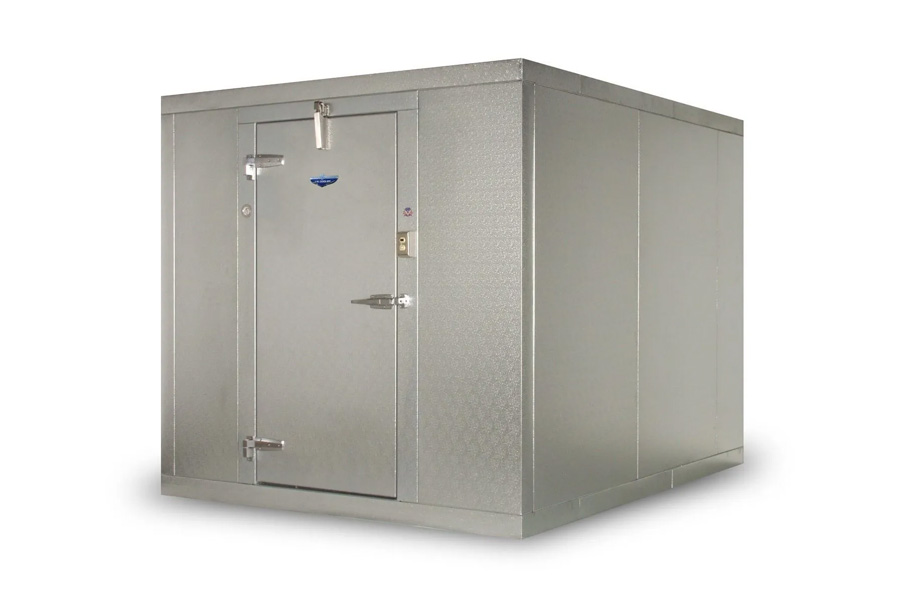If you’ve ever worked in hotel maintenance, you know that every week brings a new fire to put out. Usually it’s something simple—TV remote gone missing, a toilet handle that sticks, a guest who cranks the AC to 60 and calls about frost. You fix it, you move on.
But this? This wasn’t simple.
The indoor pool had always been a bit of a diva. Our property was built in the late 1980s, back when “luxury” meant whirlpool tubs and mirrored ceilings. The pool area hadn’t changed much. It was still surrounded by brick, still had the old louvers in the vent returns, and still smelled like chlorine and wet towels even after a fresh mop.
It started with guest complaints. A family from Sioux Falls left a review that mentioned the “damp air near the pool.” Another called it “musty.” One said her bathing suit felt damp before she got in the water.
Then the ceiling tiles started to bow.
We replaced them, chalked it up to age, and didn’t think much of it. But within weeks, they bowed again. Some of the drywall near the windows started to swell and flake. We had the paint redone twice that year, and it kept peeling.
I asked my maintenance team to check the vents. They cleaned the filters, looked at the rooftop unit, and said everything was “running.” That’s maintenance speak for “we don’t see a fire, but something’s not right.”
That’s when I finally called for outside help. I didn’t want a generalist. I needed someone who actually understood indoor pool dehumidifier systems. After an hour of calling around and Googling phrases like “why does my hotel pool smell like mold,” I landed on a company that seemed to specialize in exactly this kind of issue. I skimmed their page, filled out a service form, and crossed my fingers.
They called back the next morning.
The rep didn’t waste time. He asked how old the dehumidifier was. I told him we had no idea—probably original to the building. He asked if the pool area had exterior ventilation. I said “sort of,” which he translated as “no.” He scheduled a tech to visit us that week.
When the technician arrived, I braced myself for the usual song and dance. But he didn’t start in the mechanical room—he walked the pool deck. He tested the air with a hygrometer. He knelt by the vents, checked the condensation trails on the walls, and ran his fingers along the windowsills.
“You’ve got trapped humidity,” he said. “And it’s getting into everything.”
He took me into the equipment room and pointed to the aging unit that was allegedly handling our pool dehumidification. It was the size of a small car and hadn’t been serviced in years. The coils were caked in rust and dust. He explained that it wasn’t really dehumidifying anymore—it was moving air, sure, but not drying it.
“It’s like drying off with a wet towel,” he said. “Doesn’t really work.”
He showed me photos of similar indoor pool setups they’d upgraded and walked me through what modern dehumidification systems actually do. He wasn’t pushy. He didn’t make me feel dumb. He treated it like a collaboration, and I appreciated that.
That’s when he asked if we had any kitchen equipment that needed cooling or servicing. I said yes, and suddenly we were walking past the prep station toward the back coolers.
“Our commercial refrigeration maintenance can help with this too,” he said, nodding at our old walk-in cooler. “Especially in older buildings, you often see temperature creep or humidity leaks that go unnoticed.”
I hadn’t planned to bring up the cooler. But now that we were here, I admitted it had been running loud. The line cooks had to blast the fans at night to keep the compressor from freezing up. We had a standing repair contract with a local HVAC shop, but they mostly did quick fixes—not long-term solutions.
He jotted a few notes, ran a quick surface temp check, and said, “I can put this into the evaluation.”
By the end of the visit, I had a printed recommendation packet, a digital quote, and a clear plan for how we could improve both the pool humidity and our kitchen cooling—with room to grow into other needs later.
I stood in the pool room again that night after everyone had gone. The air felt heavier than I’d ever noticed before, like the walls themselves were tired. But I didn’t feel stuck anymore. For the first time, I had someone who didn’t shrug or duct-tape the problem. They saw it. And they had a real way forward.
The installation took just over a day. I stayed close, watching the techs carefully seal the new pool dehumidifier into place like it was the heart of the operation—which, as it turns out, it really was.
They showed me how the system was sized precisely for our square footage and usage. No more band-aid fixes. No more machines humming at full blast but accomplishing nothing. This one was tailored to our actual space and demand.
That night, for the first time in a long time, I walked through the pool area and didn’t smell anything musty. No chlorine trapped in the air. No humidity fogging up the windows. The tile felt dry underfoot.
The following week, a family posted a glowing review online. They mentioned how fresh the air felt—even in the pool area. I read that part three times, heart pounding like I’d won a prize. They didn’t know the effort it took to make that change, but I did.
I was hooked.
A month or two passed, and I kept noticing little things that were running smoother. Our janitorial team said their floors weren’t staying slick with condensation anymore. Paint touch-ups were holding better. Even the plants in the lobby seemed happier. That pool humidity had really been sneaking into every corner.
Then came the kitchen breakdown.
I remember it like it happened yesterday. It was Saturday night, peak hours. The walk-in cooler temperature alarm went off, and sure enough, the compressor was struggling. The chef was waving his arms. Food deliveries were stacked high. I didn’t panic—not like I used to.
I called the same HVAC team who handled the pool.
The same tech picked up. He was on another job across town but said, “Let me wrap this up and swing by. I know your setup.”
That made all the difference—someone who already understood the building and cared enough to come back.
He arrived an hour later, checked the cooler, and immediately spotted the issue: aging wiring and a lagging evaporator coil. And then he said something that changed our entire maintenance strategy:
“You know, I saw some ice machines in your bar and on each floor. Who services those?”
I paused. “We do… I mean, I do. Our night crew tries to keep them clean.”
He raised his eyebrows. “Those machines need more than a rinse to stay sanitary—and they’re probably driving up your power bills.”
That was the start of our full-service overhaul.
They didn’t pitch it as a “package.” No sales pitch. Just real-world advice from someone who knew what he was talking about. He inspected our kitchen’s refrigeration systems, made maintenance recommendations, and helped me schedule a deep clean and tune-up for every ice machine in the building.
One at the bar. Five more down the hallways. One near the conference rooms. They’d all been running on borrowed time.
When he opened the panels and showed me the grime and scale buildup, I felt sick. Guests used that ice. Staff used that ice. We thought we were keeping things clean, but clearly, we weren’t trained to spot the real signs.
They didn’t just fix the machines. They educated us.
Since then, we’ve built a maintenance partnership with the team. They stop by quarterly for HVAC checks, kitchen refrigeration diagnostics, and ice machine cleanings. They helped us install energy-efficient upgrades that qualify for local rebates. They saved us from two emergencies before they ever happened.
But more than anything, they’ve given me peace of mind.
I used to feel like I was holding this building together with tape and late-night phone calls. Now, I feel like we have backup. A behind-the-scenes crew making sure everything keeps running without drama or chaos.
Guests don’t know how good the air feels because of our dehumidifier. They don’t know that their drinks come from an ice machine that was just deep-cleaned. But I know.
And that’s enough.





